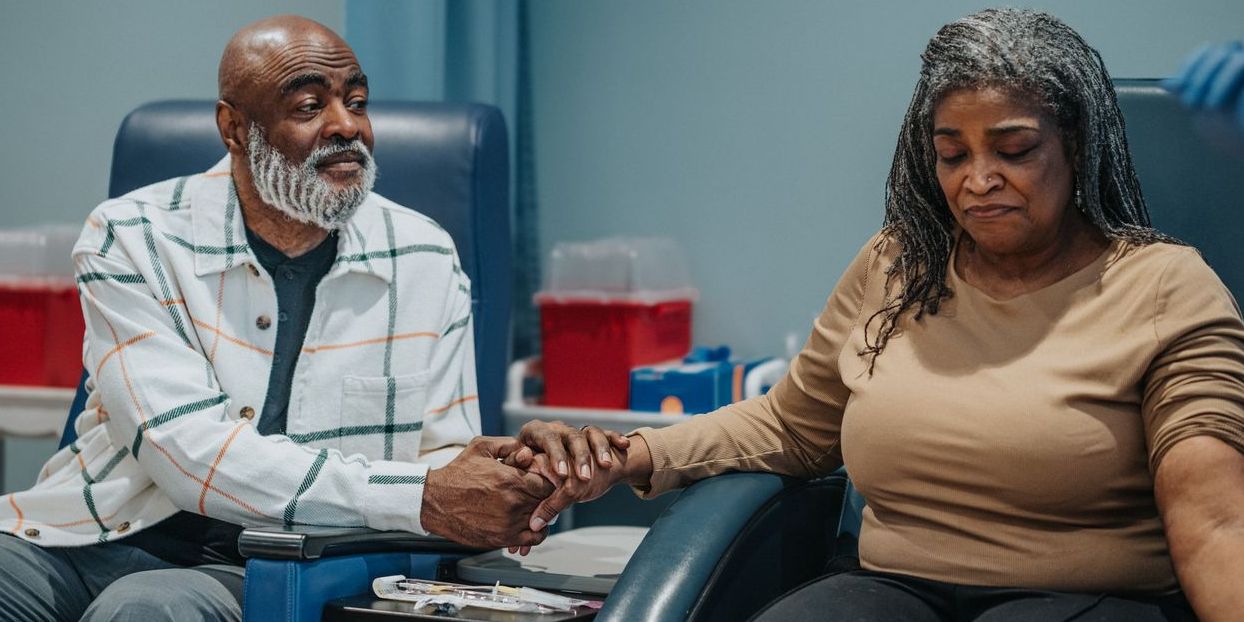Photo Credit: Stefanamer
Researchers explored risk factors and surgical margins for treating nonmelanoma head and neck cancers such as basal cell carcinoma and Merkel cell carcinoma.
Despite being among the most prevalent malignant tumors affecting the head and neck globally, there is a notable lack of high-level evidence guiding the management of advanced stage nonmelanoma skin cancers (NMSCs). Vittorio Rampinelli, MD, PhD, and coauthors highlighted this gap in knowledge in an article published in Current Opinion in Otolaryngology & Head and Neck Surgery.
NMSCs encompass a variety of pathological entities, with basal cell carcinomas (BCCs) making up 75% to 80%, squamous cell carcinomas (SCCs) accounting for 20% to 25%, and Merkel cell carcinomas (MCC) representing less than 5% of cases. Each histotype demonstrates significant heterogeneity in clinical behavior and pathological characteristics.
Physician’s Weekly (PW) covered SCCs in a previous article. In part two, PW reports the researchers’ insights on BCCs and MCCs.
Basal Cell Carcinoma
BCCs are slow-growing, locally invasive skin cancers often linked to extensive sun exposure or conditions like Gorlin syndrome. The most common and effective treatment is surgical excision. Mohs micrographic surgery and radiotherapy are used in specific cases, such as when sparing healthy tissue in critical areas is necessary or when traditional surgery is not an option.
Several factors influence BCC prognosis and risk for recurrence:
- Tumor size greater than 2 cm, often indicating extensive subclinical invasion;
- High-risk locations, like the nose and peri-orificial facial areas, with intermediate-risk areas including the forehead, cheeks, chin, scalp, and neck;
- Lesions with poorly defined margins;
- Histological types such as morpheiform, infiltrating, and metatypical variants;
- Histological features like perineural and lympho-vascular invasion;
- Deep tissue infiltration;
- Relapse after previous treatment; and
- Immunosuppression.
Clinicians tailor treatment strategies and the adequacy of surgical margins based on these factors, along with patient age, comorbidities, and the number of lesions. Updated European guidelines classify BCCs as easy or difficult to treat, considering factors like functional and aesthetic challenges, ill-defined boundaries, multiple recurrences, or previous radiotherapy.
The National Comprehensive Cancer Network (NCCN) guidelines recommend a 4-mm margin for well-defined, low-risk tumors, while European guidelines suggest peripheral margins between 2 mm and 5 mm. A meta-analysis revealed that a 3-mm margin achieved a 95% cure rate for non-morpheiform lesions sized 2 cm or smaller. High-risk lesions require wider margins: 4 mm to 6 mm according to NCCN and 5 mm to 15 mm per the European guidelines.
There is no consensus on deep resection margins, but guidelines recommend excising down to the fascia, perichondrium, or periosteum.
“It is the authors’ opinion that the principles of deep margin management for SCCs are also appropriate for BCCs,” Dr. Rampinelli and colleagues wrote. “Recurrence after surgery of incompletely excised BCCs ranges, in fact, from 26% to 41% after 2 to 5 years of follow-up.”
Merkel Cell Carcinoma
MCC is a highly aggressive, neuroendocrine skin cancer often linked to sun exposure, immunosuppression, and infection with Merkel cell polyomavirus. It typically affects the head and neck and is characterized by high rates of nodal involvement, local recurrence, and distant metastasis. Tumors larger than 1 cm, immunosuppression, and head and neck locations are associated with poor prognosis.
Wide local excision with individualized margins and multimodal therapy is the preferred treatment for MCC. Surgical outcomes are generally better than nonsurgical treatments, with recommended resection margins of 1 cm to 2 cm. However, there is no consensus on the exact margin width, as studies show no significant differences in recurrence-free intervals within this range. Margin status is crucial for stage 1 and 2 tumors but less so for advanced stages.
“Given the rarity of such a histology, it must be underlined that there is a lack of substantial evidence in the literature, and no prospective trials have been conducted to assess the variations in recurrence and survival rates based on specific resection margin widths,” Dr. Rampinelli and colleagues advised.
Radiotherapy’s Role
Radiotherapy is a key component in treating NMSC, including MCC, particularly for patients unsuitable for surgery. It serves both definitive and adjuvant purposes. For cutaneous SCCs, radiotherapy is considered when surgery is infeasible due to vital structure invasion or patient-related factors. Although the evidence for adjuvant radiotherapy is limited, it remains an option for cases with positive surgical margins or high-risk features like perineural invasion.
Adjuvant radiotherapy is beneficial for BCCs with positive margins after multiple resections, perineural involvement, or extensive bone and tissue invasion.
MCC is highly sensitive to radiotherapy. Postoperative irradiation improves prognosis in all MCC cases except for stage 1 lesions without lymphovascular invasion. Prophylactic radiotherapy to regional nodes increases regional relapse-free survival but does not impact overall survival. Radiotherapy is also effective in palliative settings to enhance the QOL of patients with advanced, non-curable lesions.
As the understanding of these cancers evolves, the trend toward personalized treatment strategies highlights the importance of considering individual patient factors and the unique characteristics of each tumor type. Integrating novel therapeutic options, including immunotherapy and targeted treatments, offers promising advancements for managing these complex cases.
“This comprehensive review underscores the importance of individualized care, the need for continued research, and the value of a multidisciplinary approach in managing the complex spectrum of NMSCs of the head and neck,” Dr. Rampinelli and coauthors concluded.



















Create Post
Twitter/X Preview
Logout